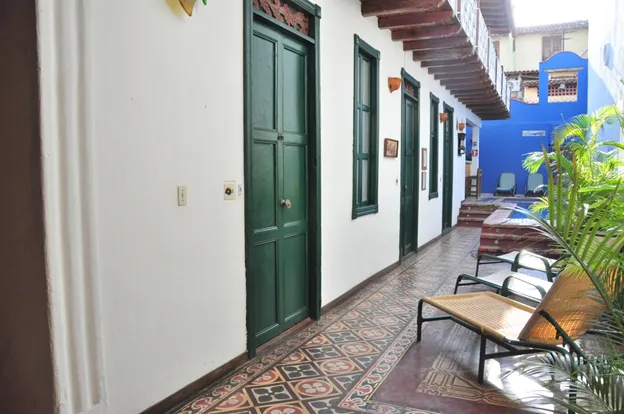
Dear friends of HIVE, after greeting you with appreciation, I begin this post by making a small image of the City of Puerto Cabello, with a population, for 2015, close to two hundred thousand people, located in the Carabobo State, in the north-central part of the country, which is recognized for its great commercial and maritime transport activity in the country; It is considered the second maritime port, after La Guaira port, which serves Caracas. The historic center of Puerto Cabello has preserved the architecture of the colonial era, such as the castle of San Felipe, the Guipuzcoan house and the Fortín Solano, as well as the historic center of the city.

Puerto Cabello also has numerous wide, sandy beaches with calm waters where you want to enjoy a day at the beach under a tropical sun, for example, Isla Larga, which is part of the San Esteban National Park, is a perfect place for diving, thanks to its beautiful transparent waters and its great variety of marine species.
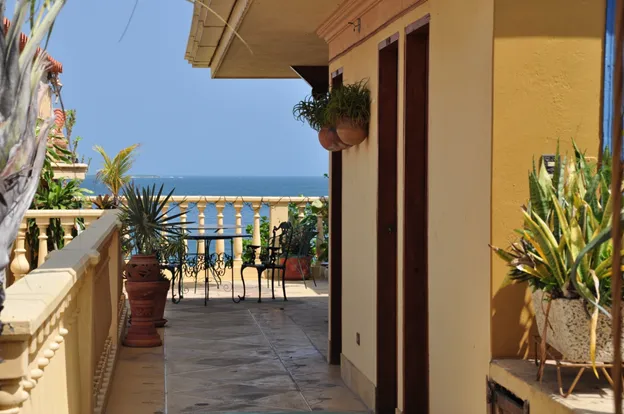
My brother-in-law Alfonso Celi and his family spent a few vacation days in Puerto Cabello and stayed at a posada, in the colonial area of the city, called “Santa Margarita”, made up of three colonial houses that have been carefully restored by a Venezuelan family with a very good taste. Most of the photos were taken by Alfonso except for few corresponding to other places in Puerto Cabello that complement this post.

The inn is found in the historic center of Puerto Cabello, strategically located just a few meters from the boardwalk from where you can see the Fortín de San Felipe, near the tourist attractions of the city, namely: the Guipuzcoana house, the Bolívar square, Los lanceros street, full of colonial houses, among other places of interest. A short drive away are beaches, islands, inlets and rugged mountains, waterfalls and rivers that are part of the nearby San Esteban and Henri Pittier National Parks. Its location constitutes a strong point of the place; you can walk to the boardwalk, the cathedral and the beautiful streets with wooden balconies of Puerto Cabello. The hotel has a closed and covered parking lot, located just 30 meters away.

This cozy place is rebuilt between a conglomeration of colonial houses full of handcrafted details, the result of the restructuring, recovery and union of three large houses, with their fronts colored in red wine, a preponderant blue and yellow. Its decorations are as independent as they are curious: high ceilings, textures, spiral staircases, wood, clay. The three houses are full of art and historical value; all three have two floors, with small corridors in each one, decorated down to the smallest detail, with great taste. It should be remembered that common spaces may seem small and perhaps “private”, as is the case with the spiral staircase, which is somewhat uncomfortable to climb.
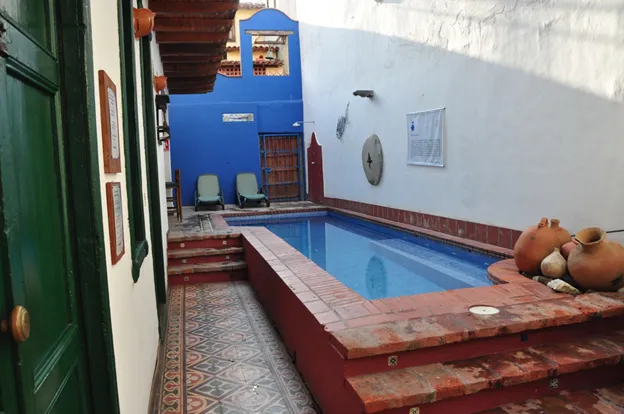
Each house is particular and its rescue was different, that is why there are three dissimilar styles. Although there is a family resemblance between the three that make up the inn. For example, in the first house that was acquired, almost nothing remains of the original floor, it was necessary to place artisan caico from Villa de Cura. The second house, for its part, which is the one with the pool, had a mosaic floor, but it was necessary, in some badly damaged sections, to place mosaics that had been discarded from other colonial houses. And finally, in the third house the careful restructuring carried out by its former owner was maintained.
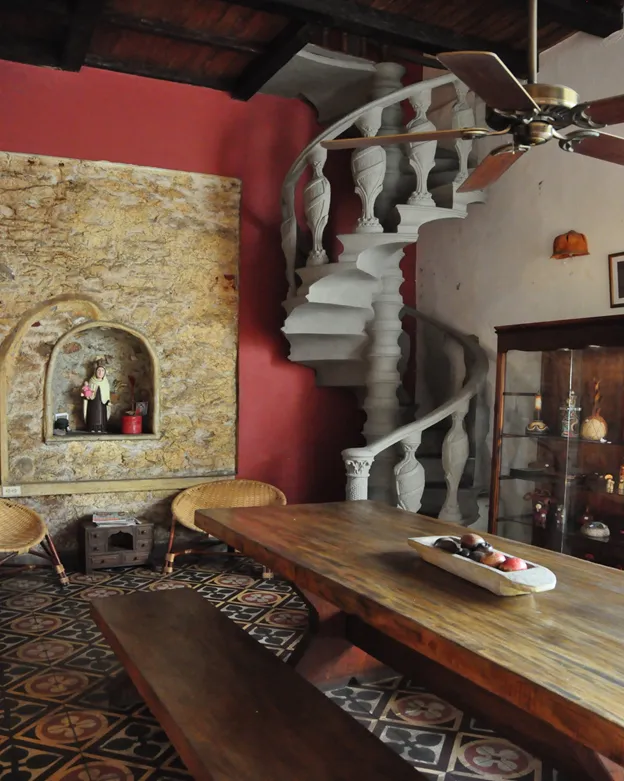
A small swimming pool, a room to play billiards, a reading room, a TV room, and a dining room were built to the facilities, all very well decorated, with very appropriate functional furniture. It also has small gardens between the houses that give a feeling of peace and tranquility to the place. It has 17 rooms, spread out in three different environments, since each house has a particular style, all of them decorated with care, full of exquisite details, have air conditioning, including a presidential suite, which is named "Leonardo", in honor of the founder of said inn.
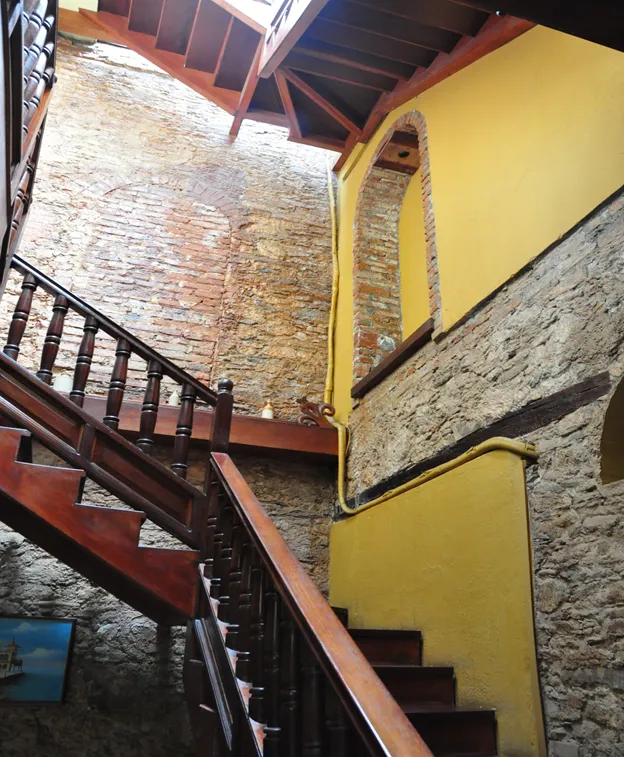
The owners of the place are humble people, although with a father who was an ambassador in Portugal, so it is commendable to know that they rescue things from the garbage, recover them and rehabilitate them. Family gifts are displayed at the inn, such as the Turkish flag and some very special tiles that the Turkish ambassador to Venezuela gave them in 2004. They also keep objects given by guests and relatives. A beautiful cross, whose base is a flower, found in the hotel, was brought from the Cartagena de Indias Workshop School in Colombia, and is the logo of the Posada Santa Margarita.
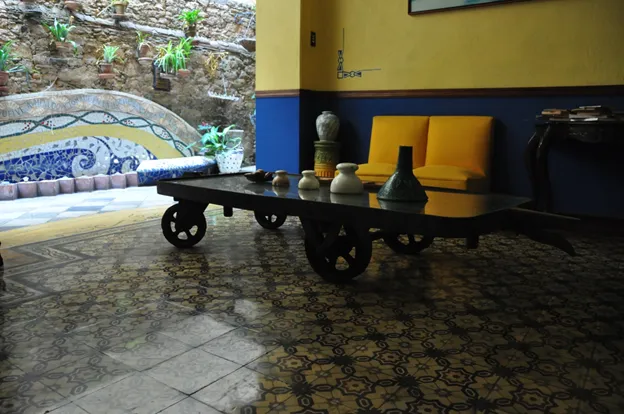
The structural changes respected the original colonial architecture, including a gazebo with chairs that allow viewing part of the city and the sea. My relatives tell me that the "little hotel", the Venezuelan way of calling small hotels, is simply pleasant, it is not lavish but comfortable and sober. It is estimated that these three constructions, which are Venezuelan Cultural Heritage, have been in existence for almost 300 years. To be there is to remember a Venezuela of three centuries ago
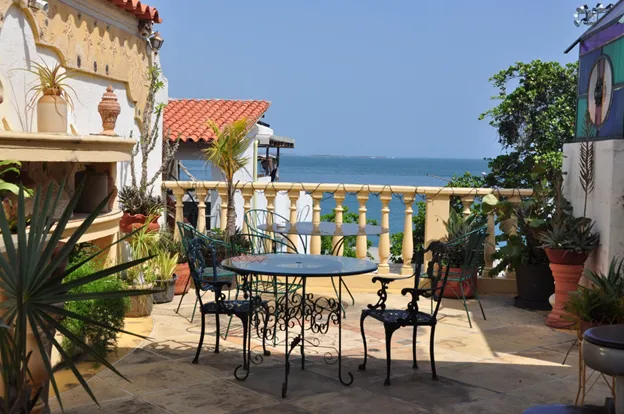
(Desde otra parte de la azotea, donde se puede descansar y disfrutar de la brisa marina). Foto familiar de @alfceli


Estimados amigos de HIVE, luego de saludarlos con aprecio, inicio este post haciendo una pequeña imagen de la Ciudad de Puerto Cabello, con una población, para 2015, cercana a doscientas mil personas, ubicada en el Estado Carabobo, en el centro norte del país, la cual es reconocida por su gran actividad comercial y de transporte marítimo en el país; se le considera el segundo puerto marítimo del país, después del puerto la Guaira, que sirve a Caracas. El casco histórico de Puerto Cabello ha conservado la arquitectura de la época colonial, como el castillo de San Felipe, la casa guipuzcoana y el Fortín Solano, además del centro histórico de la ciudad.

Puerto Cabello también dispone de numerosas playas amplias, arenosas y de aguas tranquilas donde se busca el disfrute de un día de playa bajo un sol tropical, por ejemplo, Isla Larga, que forma parte del Parque Nacional San Esteban, es un sitio perfecto para bucear gracias a sus hermosas aguas transparentes y su gran variedad de especies marinas.
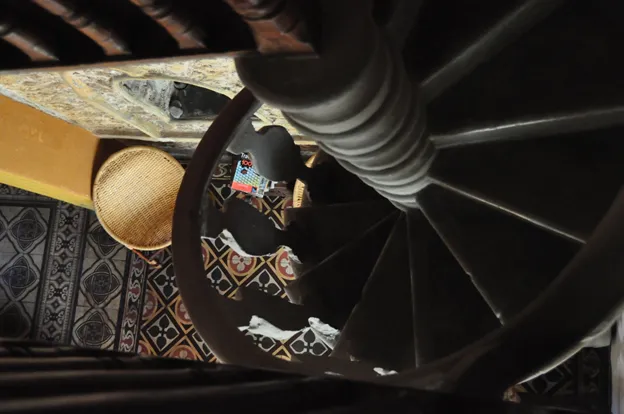
Mi cuñado Alfonso Celi y su familia pasaron unos días vacacionales en Puerto Cabello y se hospedaron en una posada, en la zona colonial de la ciudad, llamada “Santa Margarita”, conformada por tres casas coloniales que han sido restauradas por una familia venezolana con esmero y buen gusto. La mayoría de las fotos fueron tomadas por Alfonso a excepción de unas pocas correspondientes a otros lugares de Puerto Cabello que complementan este post.
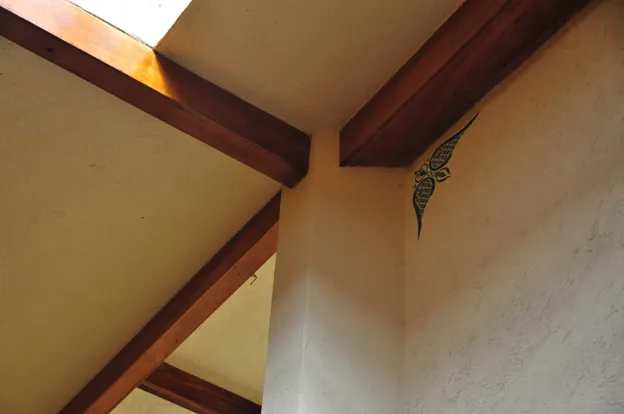
La posada está ubicada en el Centro histórico de Puerto Cabello, estratégicamente situado a tan sólo pocos metros del malecón desde donde se ve el Fortín de San Felipe, cerca de las atracciones turísticas de la ciudad, a saber: la casa Guipuzcoana, la plaza Bolívar, la calle los lanceros, llena de casa coloniales, entre otros sitios de interés. A corta distancia se encuentran playas, islas, ensenadas y escarpadas montañas, cascadas y ríos que forman parte de los aledaños Parques Nacionales San Esteban y Henri Pittier. Su ubicación constituye un punto fuerte del local; se puede caminar al malecón, a la catedral y a las hermosas calles de balcones de madera de Puerto Cabello. El hotel cuenta con un estacionamiento cerrado y techado, situado a escasos 30 metros.
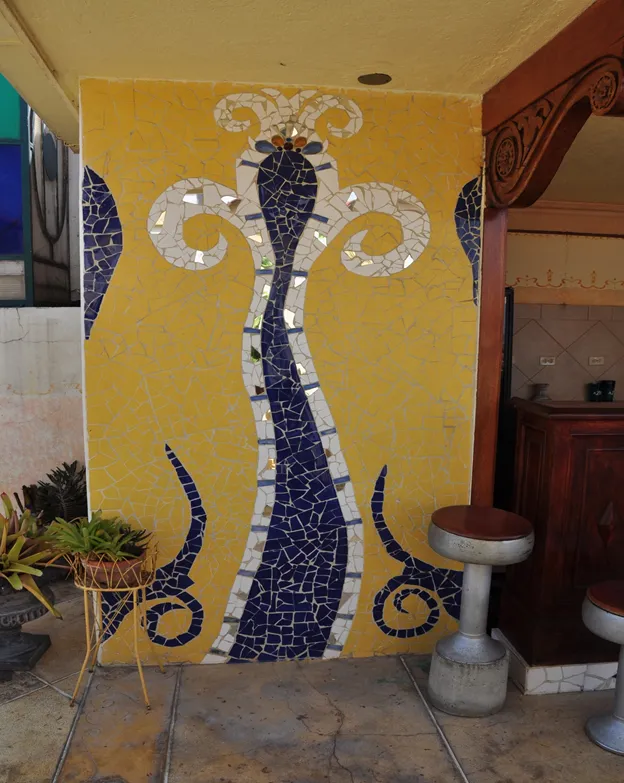
Este acogedor lugar está reconstruido entre un conglomerado de casas coloniales plagadas con detalles artesanales, resultado de la restructuración, recuperación y unión de tres casonas, con sus frentes coloreados en vino tinto, un azul preponderante y el amarillo. Sus decoraciones son tan independientes como curiosas: techos altos, texturas, escaleras de caracol, madera, arcilla, las tres casas están llenas de arte y de valor histórico; las tres poseen dos pisos, con pequeños pasillos en cada una, decoradas hasta el más mínimo detalle, con muy buen gusto. Cabe recordar que los espacios comunes pueden parecer pequeños y quizá “particulares”, como es el caso de la escalera de caracol que resulta un tanto incómoda subirla.
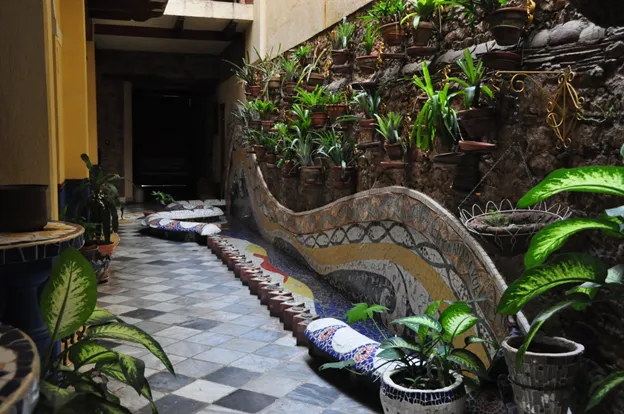
(Un pasillo con coloridos pisos y paredes, y el verdor de las plantas.) Foto familiar de @alfceli
Cada casa es particular y su rescate fue diferente, por eso son tres estilos disímiles. Aunque se mantiene un aire de familia entre las tres que forman la posada. Por ejemplo, en la primera casa que se adquirió, casi no queda nada del piso original, hubo que colocar caico artesanal procedente de Villa de Cura. La segunda casa, por su parte, que es la de la piscina, tenía su piso de mosaico, pero fue necesario, en algunos tramos muy dañados, colocar mosaicos que se habían desechado de otras casas coloniales. Y, por último, en la tercera casa se mantuvo la cuidadosa reestructuración realizada por su antiguo dueño.
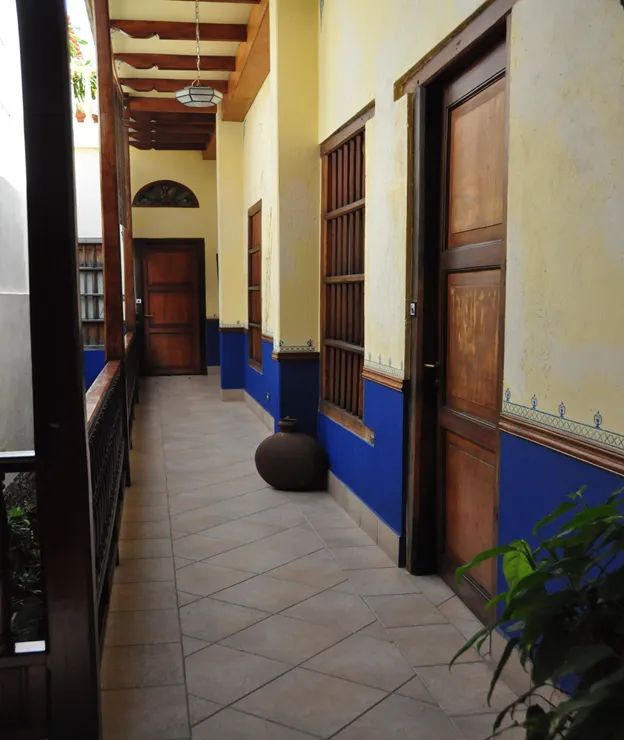
A las instalaciones se le construyó una pequeña piscina, una sala para jugar billar, una sala de lectura, sala de TV, sala comedor, todos muy bien decorados, con un mobiliario funcional muy apropiado. Además tiene unos pequeños jardines entre las casas que dan una sensación de paz y tranquilidad al lugar. Posee 17 habitaciones, desplegadas en tres ambientes diferentes, pues cada casa que tiene un estilo particular, todas ellas engalanadas con esmero, llenas de detalles exquisitos, poseen aire acondicionado, incluida una suite presidencial, que lleva por nombre "Leonardo", en honor al fundador de dicha posada.
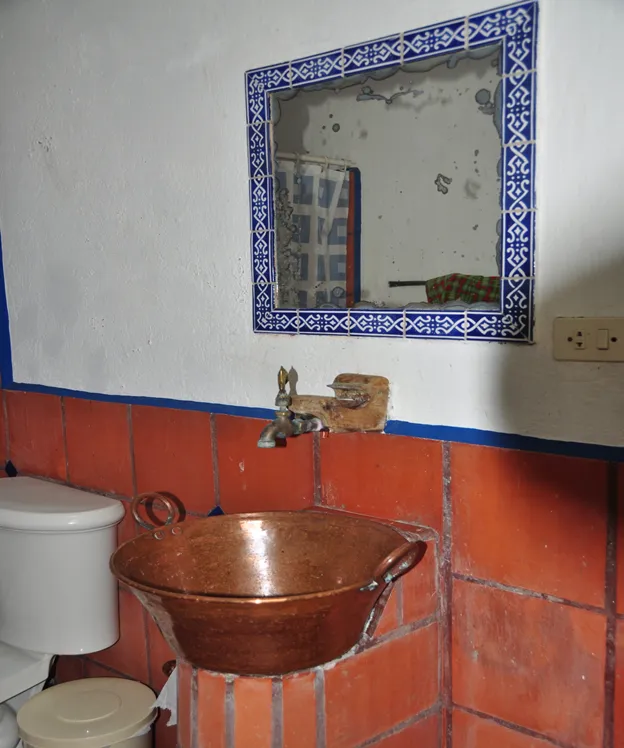
Los propietarios del lugar son gente humilde, aunque con un padre que fue embajador en Portugal, por ello es encomiable saber que rescatan cosas de la basura, las recuperan y rehabilitan. En la posada se muestran regalos familiares, como la bandera de Turquía y unos azulejos muy especiales que les regaló el embajador de Turquía en Venezuela en el año 2004. Conservan, además, objetos regalados por huéspedes y familiares. Una bella cruz, cuya base es una flor, que se encuentra en el hotel, fue traída de la Escuela Taller Cartagena de Indias en Colombia, y es el logo de la Posada Santa Margarita.
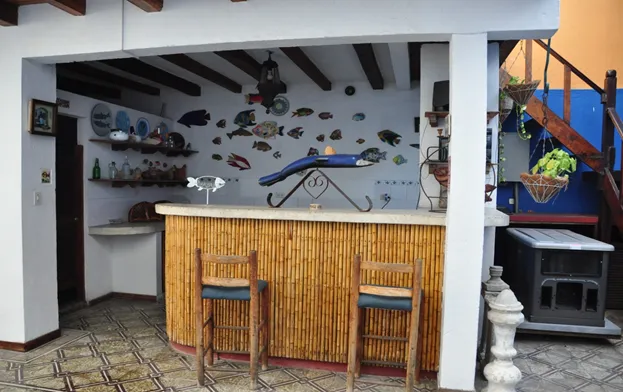
Los cambios estructurales respetaron la arquitectura colonial original, incluido un mirador con sillas que permiten visualizar parte de la ciudad y el mar. Me cuentan mis familiares que el “hotelito”, forma venezolana de llamar a los hoteles pequeños, es sencillamente agradable, no es fastuoso sino confortable y sobrio. Se estima que estas tres construcciones, que son Patrimonio Cultural Venezolano, tienen casi 300 años de existencia Estar allí es rememorar a una Venezuela de hace tres siglos.
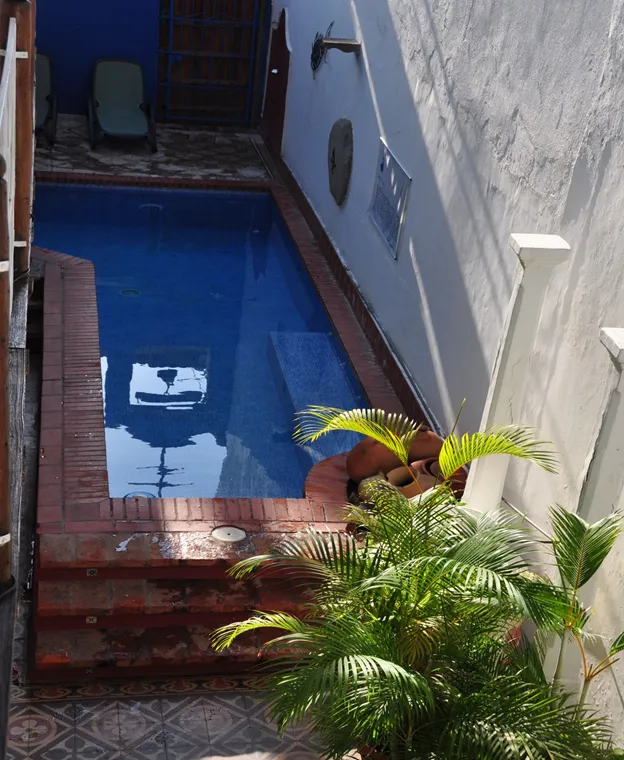
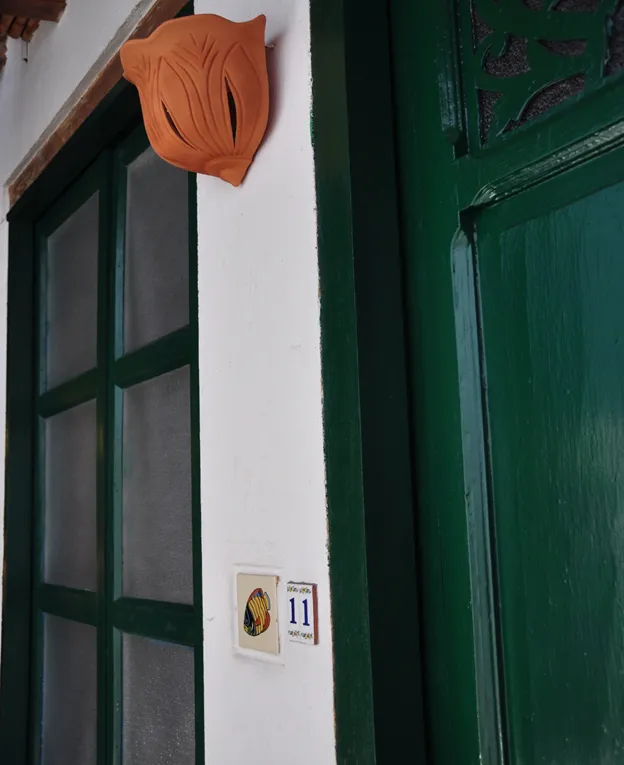
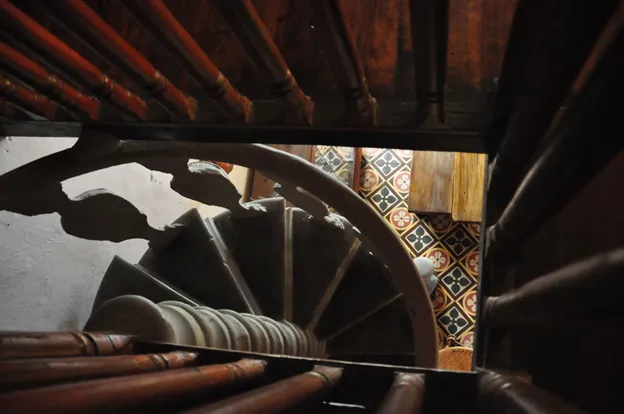
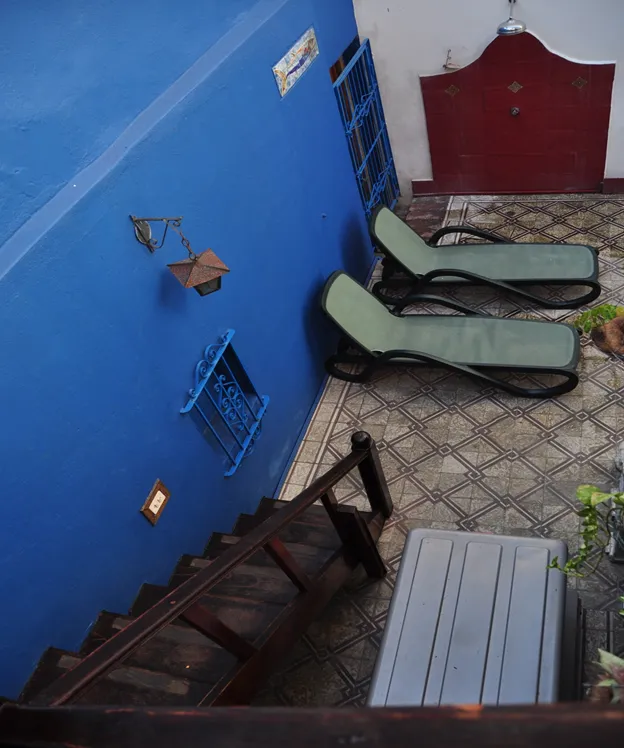
(La zona de la piscina con colores fuertes y pisos de mármol, signos del hotel). Foto familiar de @alfceli
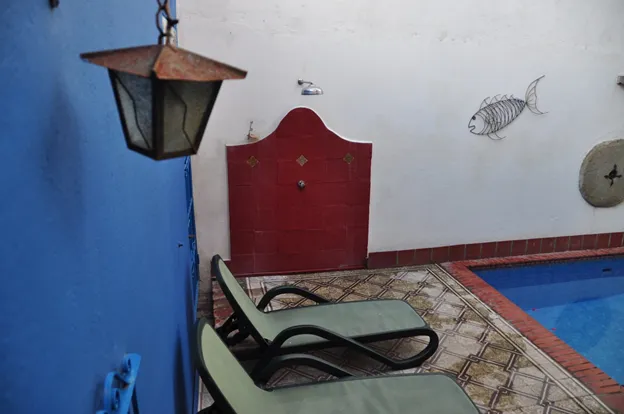
(A un costado de la piscina, nótese el farol y los dibujos en la pared). Foto familiar de @alfceli
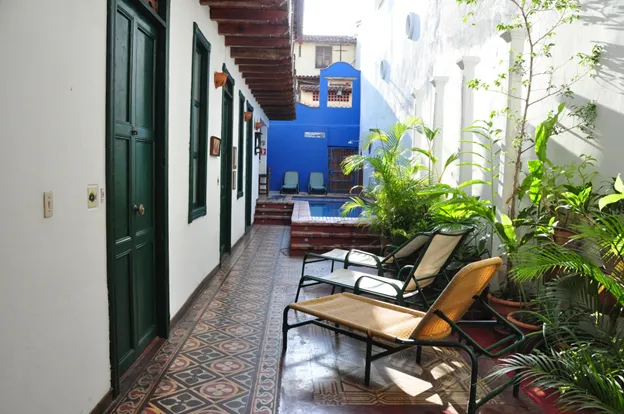
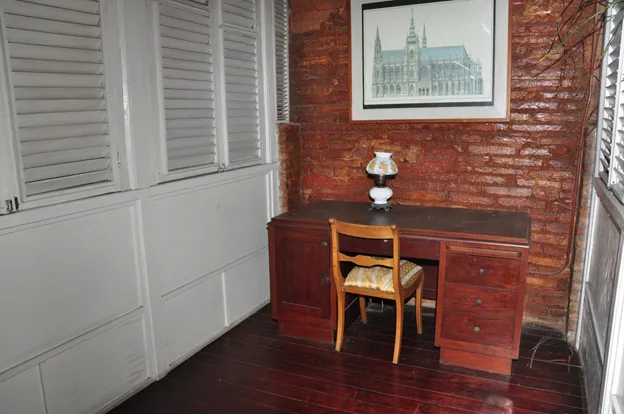
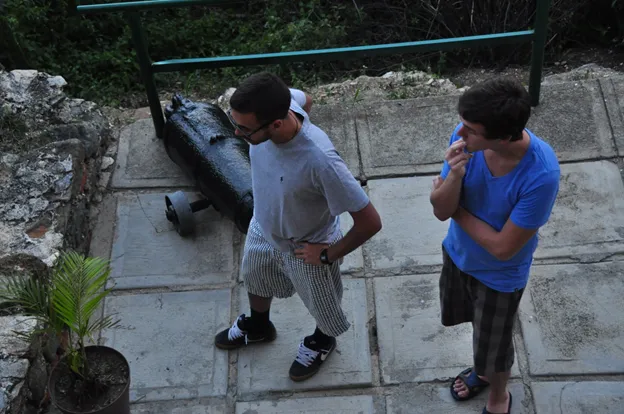
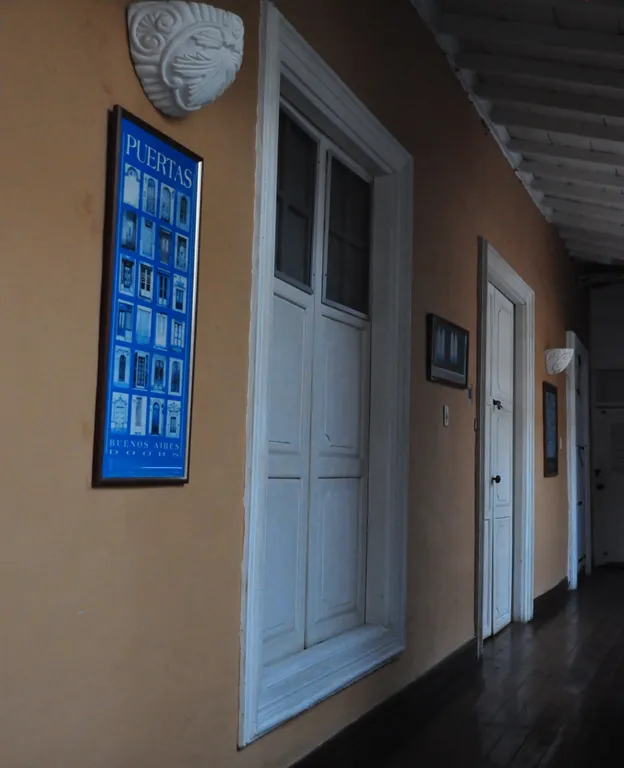

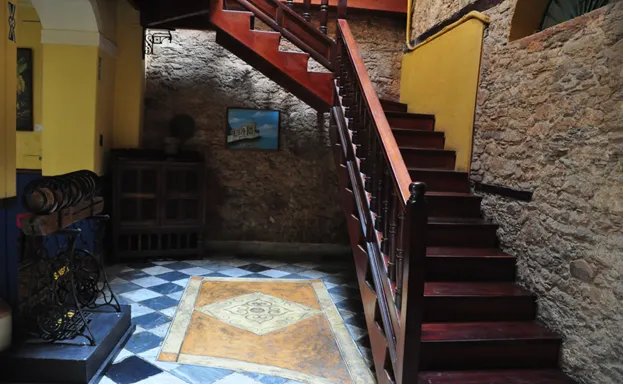
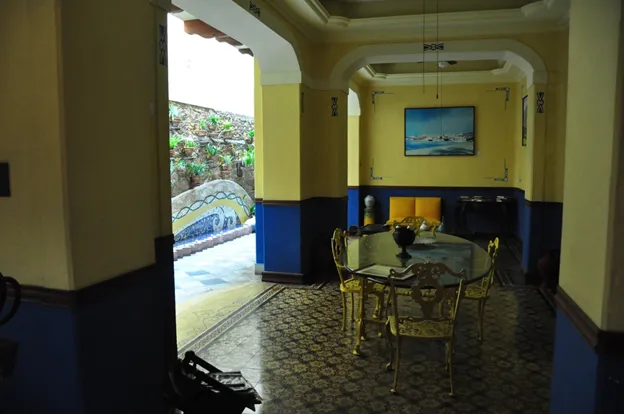
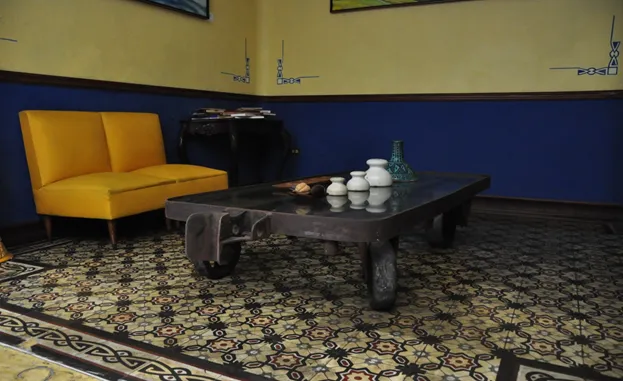
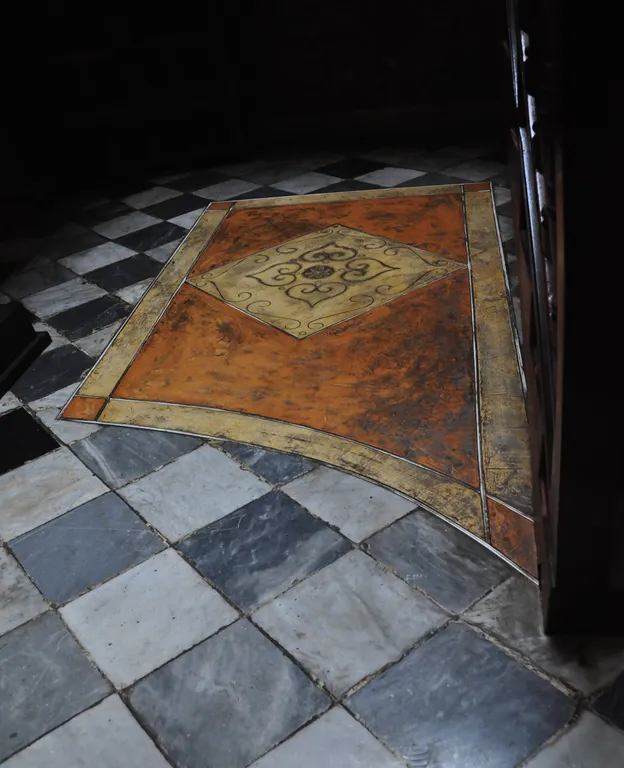
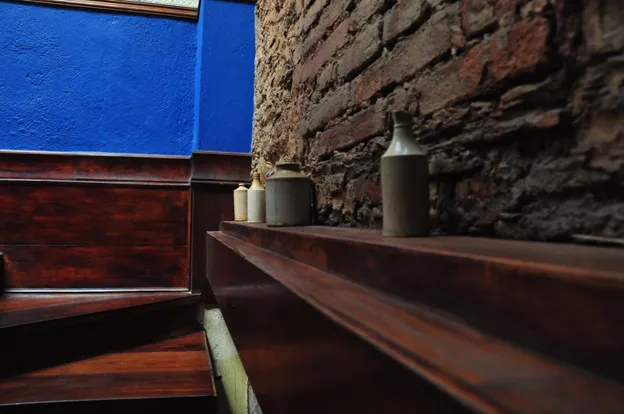
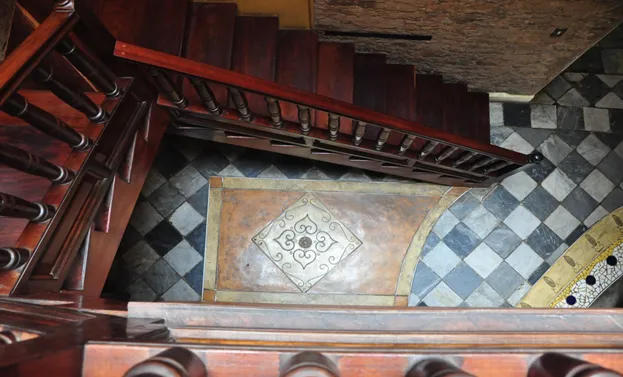
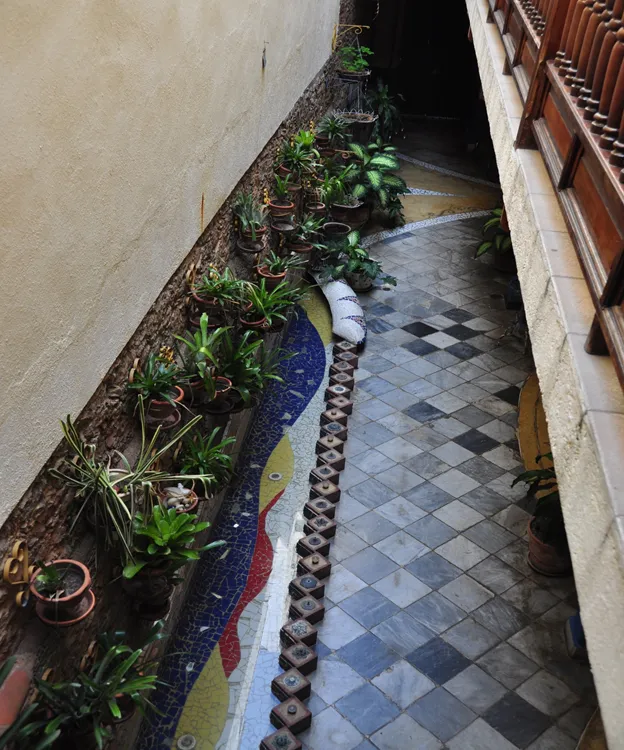
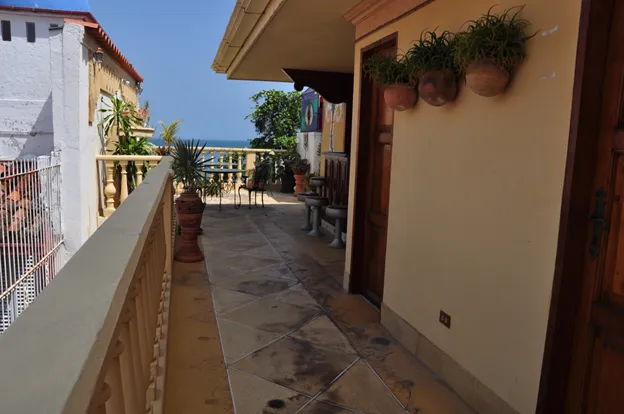
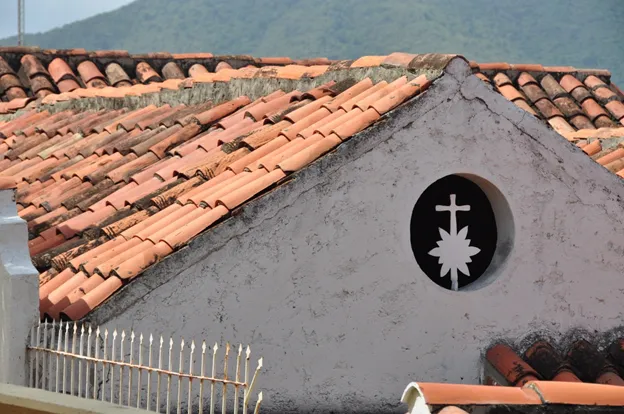
(El emblema del Hotel en una cavidad de la parte alta de la edificación). Foto familiar de @alfceli
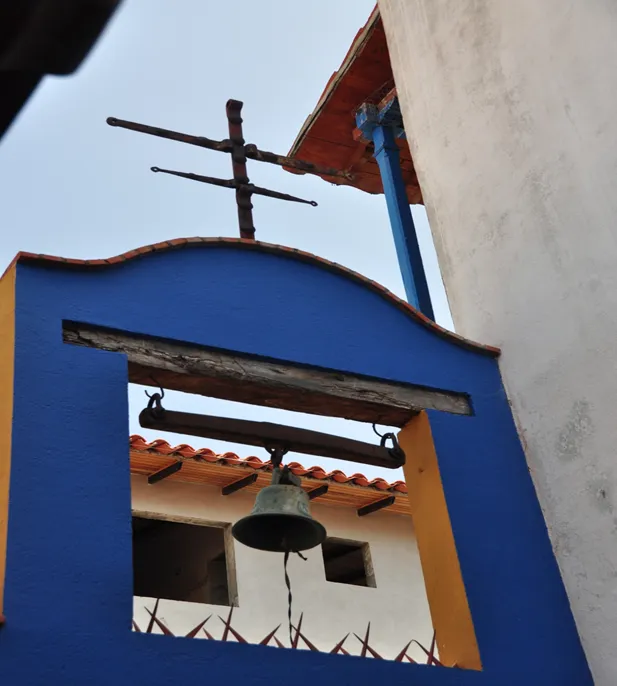
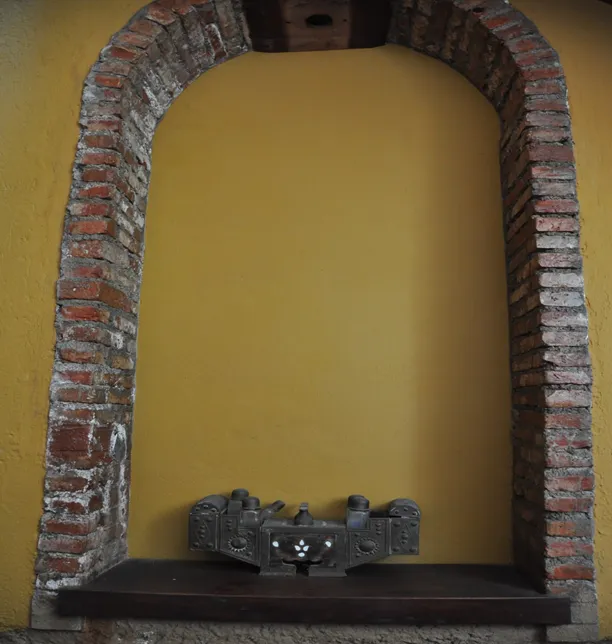
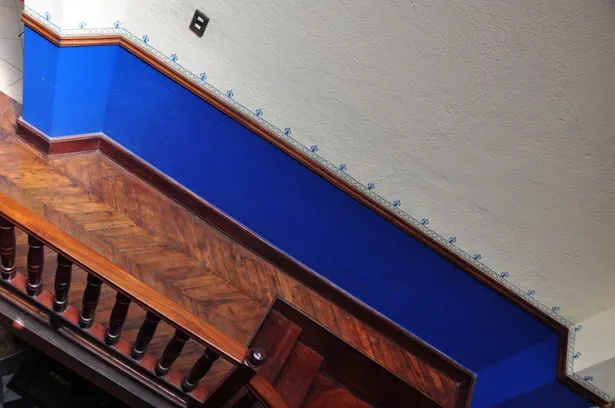
(Piso de madera en una de las casas del hotel). Foto familiar de @alfceli
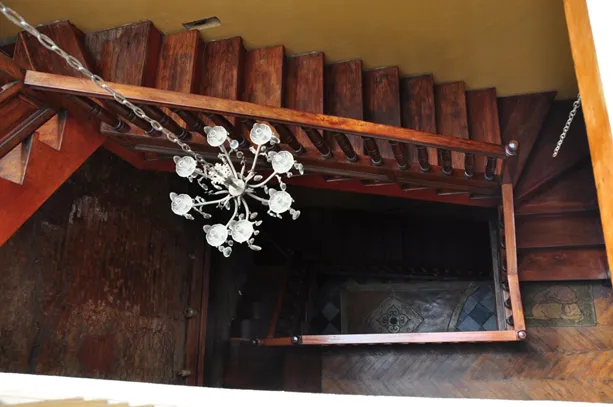
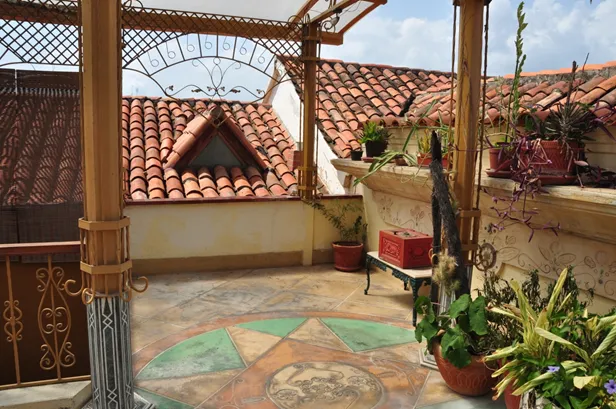

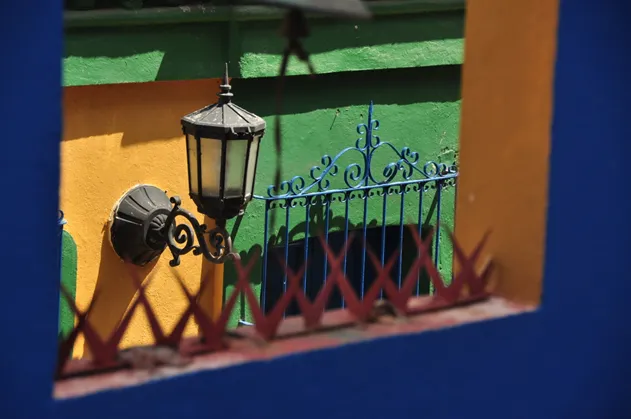
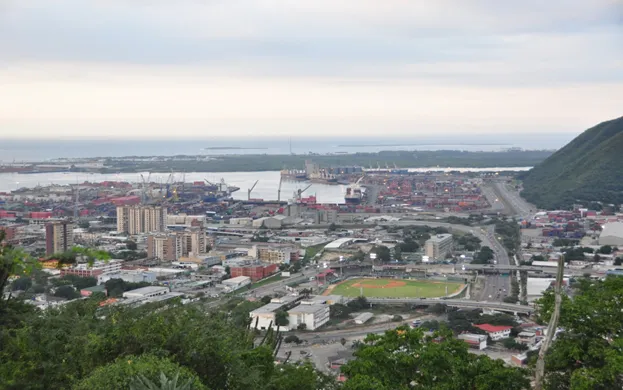
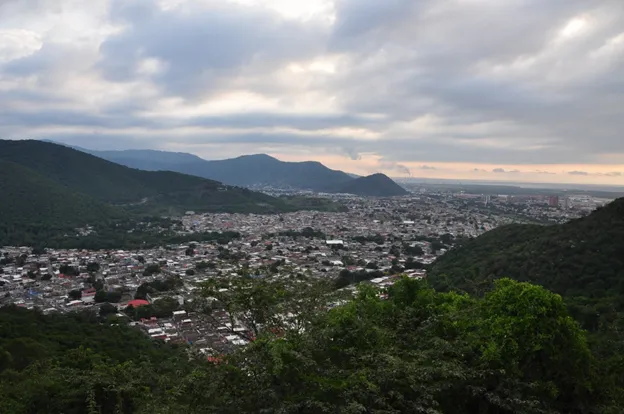
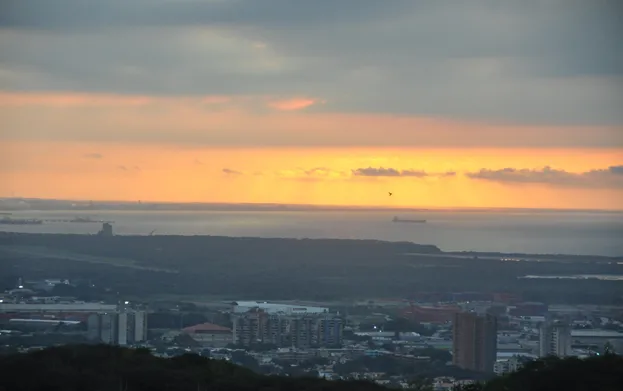

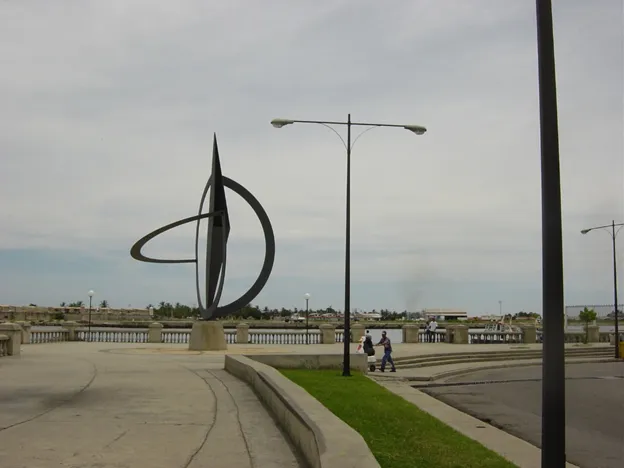

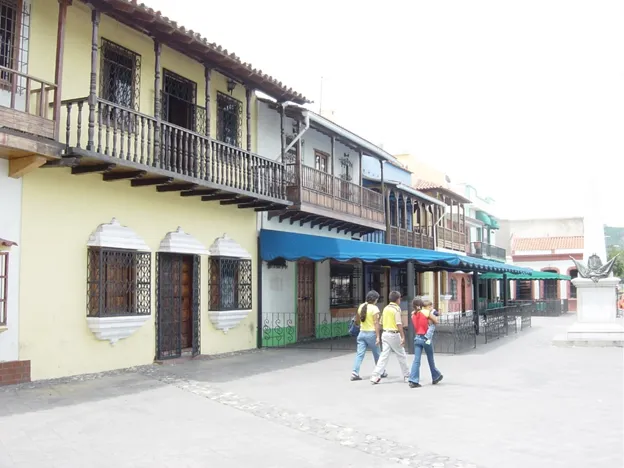
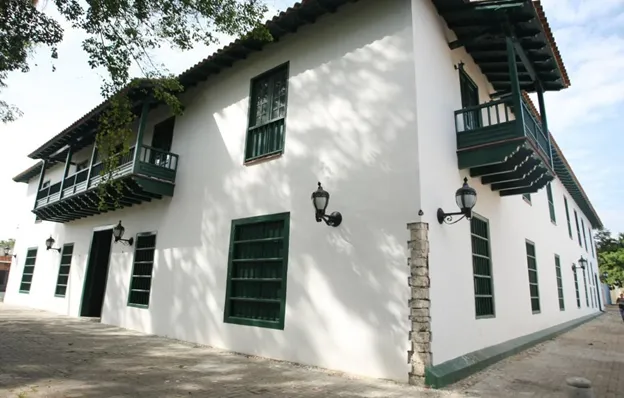
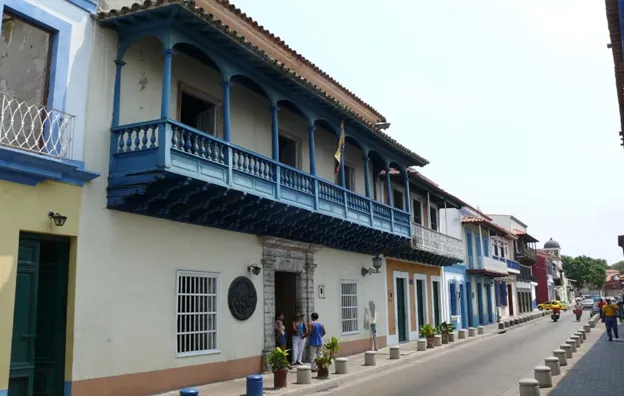
Image
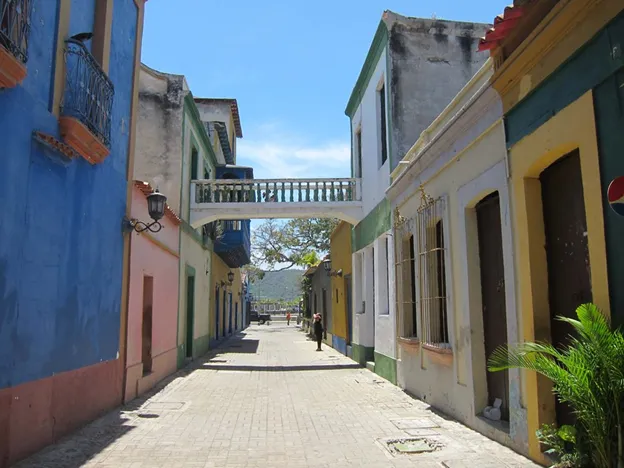
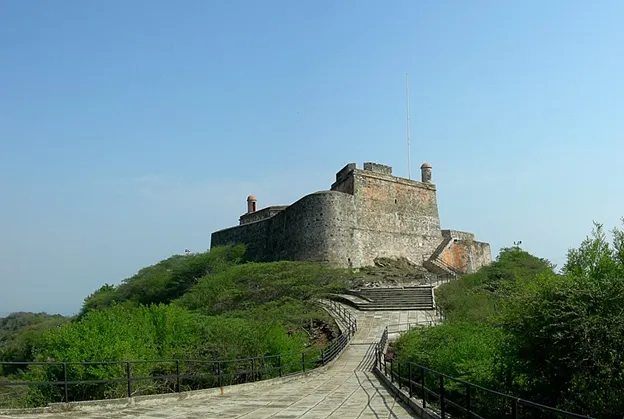
Image Panorámica de Puerto Cabello)
